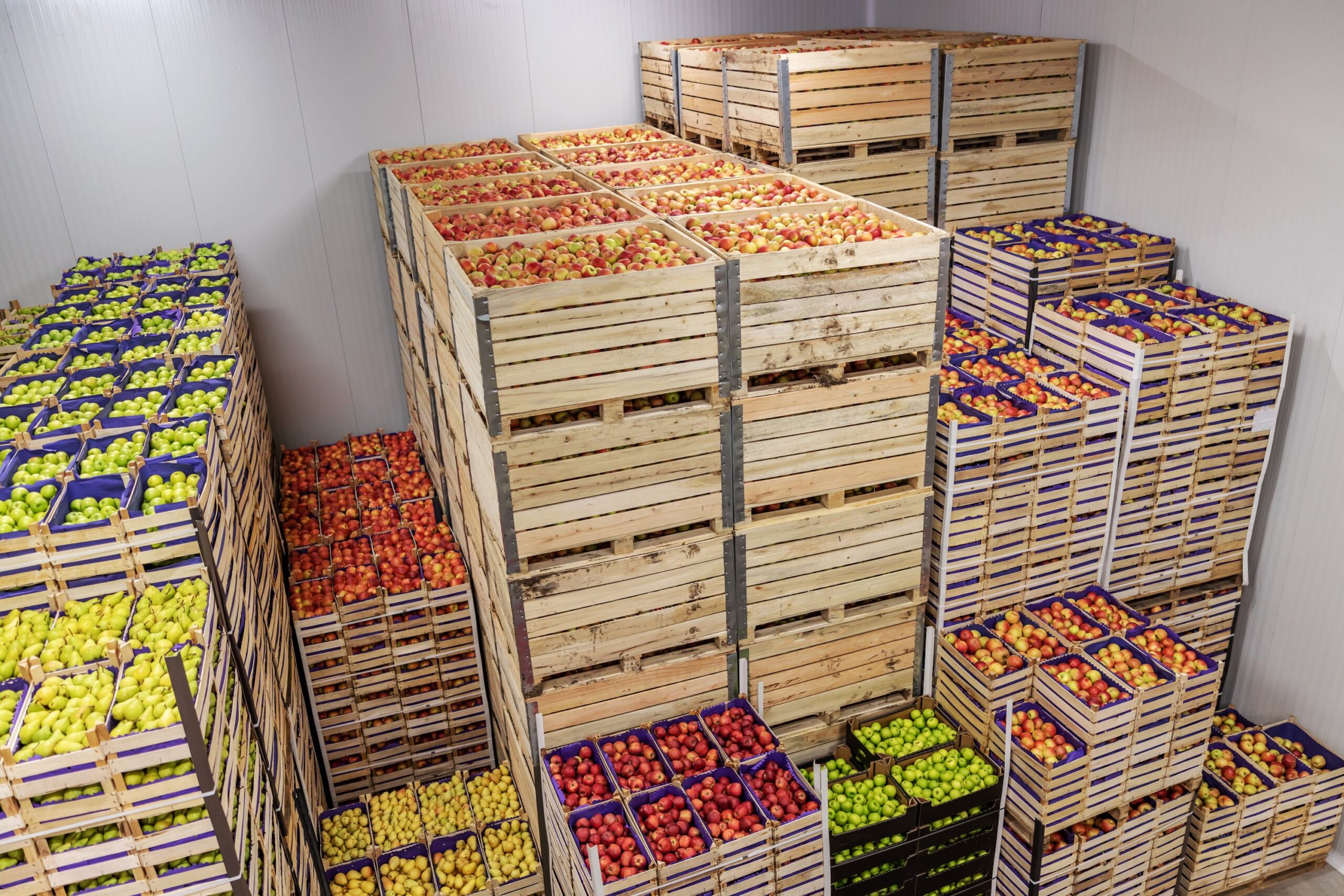A Food Business’s Guide To Proper Food Storage
One of the most daunting prospects in managing a food business is the possibility of a customer falling ill from a product they’ve purchased from you. This underscores the importance of strict enforcement of food storage and handling measures.
Overlooking these measures could cause a series of problems. Beyond the immediate concern of customer illness, you risk losing credibility and profitability, potentially leading to bankruptcy and the closure of your business operation.
Such challenges can quickly overshadow the rewarding nature of running a food business. However, these pitfalls can be avoided by ensuring your organization adheres to proper food storage procedures.
This article aims to provide essential tips and techniques to facilitate proper and efficient food storage. By following these guidelines and utilizing suitable storage solutions like bulk bags, you can consistently deliver high-quality and fresh food to your customers. Continue reading to explore these measures further.
- Temperature Control
Temperature plays a pivotal role in food business operations. Suboptimal conditions can render food products unfit for consumption due to the proliferation of bacteria and other microorganisms.
The temperature range between 40°F and 140°F (4°C and 60°C), often referred to as the ‘danger zone’, provides the most conducive environment for microorganisms to thrive in food. It’s therefore imperative to store food outside this danger zone to prevent food-borne illnesses such as typhoid, salmonella infection, and listeria. It’s worth noting that approximately one in six people in the United States suffer from food-borne diseases annually.
To avoid such circumstances, implement proper maintenance of your refrigeration equipment, safely cool food before storage, and ensure your employees are thoroughly educated about this critical information.
- Proper Packaging
Packaging serves as a shield against cross-contamination and spoilage. It’s important to understand which type of packaging is most suitable for your products and raw ingredients to prevent rapid deterioration. Selecting the right packaging involves considering several factors.
These factors include the type of food, storage conditions, and shelf life. For instance, fruits and vegetables, which have high moisture content, require packaging that does not restrict moisture from escaping. Perforated plastic bags can be a good option for leafy greens like lettuce and kale to prevent them from becoming soggy and wilted.
For sliced fruits, you may use airtight containers. On the other hand, mesh bags are suitable for root vegetables like onions and potatoes. To maintain the freshness and appearance of berries and small fruits, consider storing them in plastic clamshell containers.
For products such as peanuts and pecans, bulk bags can be used to prevent moisture and mold growth. The breathable material of these bags is optimal for packaging these particularly sensitive food items.
- First In, First Out (FIFO)
The FIFO system is universally utilized across the food industry, providing significant benefits. It’s a simple concept in which older products are prioritized over newer ones. Adherence to this system reduces the risk of spoilage and expiration, which helps to prevent waste and financial losses.
To maximize the benefits of this system, it’s necessary to:
- Follow standard labeling and coding when dating and labeling products.
- Arrange products chronologically, ensuring that newer stock is placed behind older items.
- Regularly review expiration dates.
- Educate employees on the correct implementation of the FIFO system.
By implementing this system, you can maintain the quality of your products, boost profitability, and minimize waste.
- Storage Areas
Maintaining a clean, organized, and well-regulated storage area is crucial to uphold high standards for your products. Here’s how to achieve this:
- Choose suitable storage areas that are clean, dry, and well-ventilated.
- Organize your storage with shelves, racks, or bins, categorizing food products by type.
- Use appropriately labeled storage containers.
- Address any infestations immediately.
A well-managed storage area ensures your food products are safe and in excellent condition.
- Training
Effective protocols are only as good as their implementation. Ensuring your team members are well-trained in food storage is essential. Here’s what you can do:
- Develop A Training Program: Craft a comprehensive program that equips your team with knowledge and skills about proper food storage and handling.
- Provide Visuals And Demonstrations: Implement visual aids and live demonstrations to facilitate a more intuitive understanding of food storage principles.
- Tailor The Training: Adjust the training to suit different job roles, such as kitchen staff and delivery personnel.
- Provide Ongoing Training: Update training content regularly to keep your team informed about changes in standards or procedures.
- Monitor Performance: Regularly check if they’re following protocols and do surprise inspections to get a true picture of operations.
- Provide Feedback: Quickly address any problems with adhering to standards by giving your team helpful feedback and extra training if needed to make sure safety protocols are always followed.
Proper guidance is crucial for your team members as they are the primary handlers of food items, ensuring the business thrives.
- Record Keeping
Accurate record-keeping, which includes temperature monitoring, delivery conditions, and stock management, is crucial for complying with food safety regulations and ensuring customer safety. Consider following these steps:
- Use A Standardized System: Whether you prefer traditional pen-and-paper methods or modern electronic systems, it’s important to choose a standardized record-keeping system that fits your business needs.
- Record All Necessary Information: Keep comprehensive records that include all pertinent product details, such as the arrival date, supplier details, best-by date, and quantity.
- Store Records Properly: Maintain well-organized and accessible files of your records, ensuring they’re ready for review when needed. This includes keeping track of variables like refrigeration unit temperatures, which should be monitored multiple times a day to promptly detect any unexpected fluctuations.
Effective record-keeping lets you quickly identify trends, detect issues, ensure compliance, and make informed business decisions.
Conclusion
Remember, the heart of your food business is not just the meals you serve, but the safe and high-quality ingredients that go into them. Compliance with sound food storage practices is an investment in your brand’s credibility and customer trust.
By incorporating these guidelines into your daily operations, you not only safeguard your customers’ health but also bolster the success of your business. The path to a thriving food business begins in the storage room, where commitment to excellence is not just an aspiration but a daily practice.








0